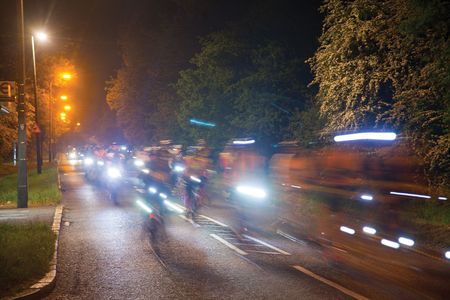Guide to nutrition before your event
Lay the cornerstone of a good day out on the bike by getting your eating and drinking right before you even leave for your event
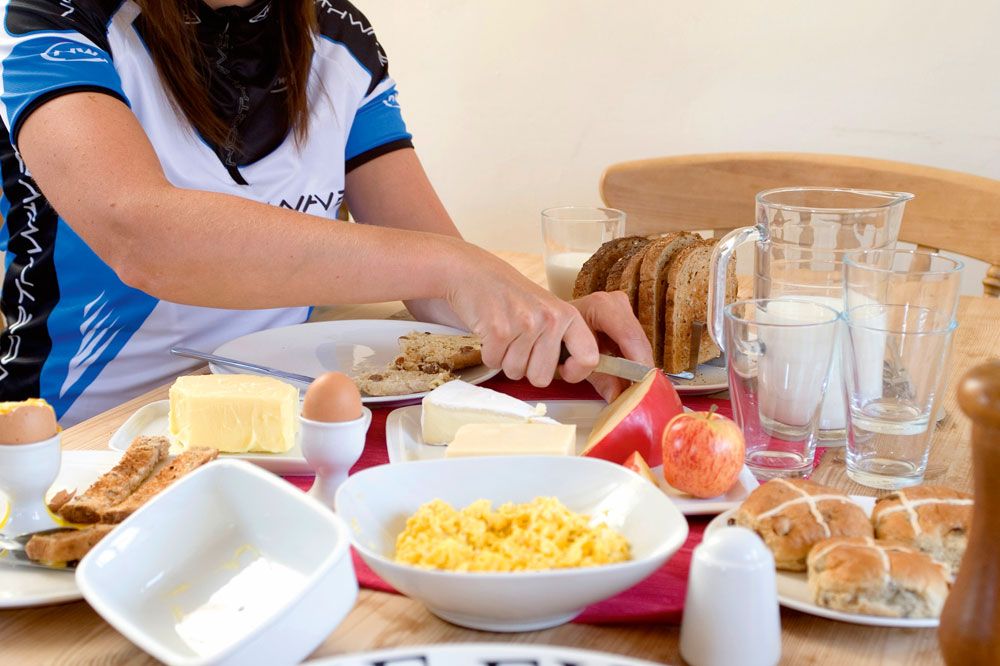
The morning of your event is a very important time. This is where you have the chance to kick-start your nutrition strategy and prepare your body for a demanding day in the saddle.
While your fitness levels should be at a good level by now, if you don’t back it up with the proper nutrition, you’re laying to waste a lot of your hard work in training. You wouldn’t buy a highly-tuned sports car and fill it with low-grade fuel — the same can be applied to your body.
However, knowing how and when to fuel can be quite confusing. In fact, inadequate nutrition is something that catches many sportive cyclists out. That’s why we’ve called on Science in Sport nutritionist Jill Leckey to give you the complete run-down on all things nutrition.
Jill completed a BSc and MSc in sport science at Liverpool John Moores University; her main interests in nutrition are hydration and the consumption of protein and carbohydrates before, during and post-exercise and how this affects performance, adaptation and recovery.
We asked you, the reader, to send your questions in for Jill to answer. This is what you wanted to know.
Q- Quite simply, what do I need to eat before a sportive? What should it consist of and why and when should I eat?
A - Carbohydrates are the primary fuel source during moderate to high intensity exercise. It is therefore important to consume a carbohydrate meal around 2-3 hours before a sportive to top up carb stores. For example, porridge, wholemeal toast and around 500ml of fluid alongside. It is important not to overdo it as this can leave you feeling bloated.
Get The Leadout Newsletter
The latest race content, interviews, features, reviews and expert buying guides, direct to your inbox!
Q - What is GI? and should I be eating foods with a high GI score or a low GI score?
A - Glycaemic index (GI) refers to the rate at which a food or fluid source increases blood glucose. Those with a high GI will increase blood glucose rapidly, whereas those with a low GI lead to a much slower, steady increase.
Although in a regular diet the majority of chosen foods should be of a low GI, high GI sources are very effective at increasing muscle glycogen stores. When it comes to a pre-exercise meal personal preference plays a role in what you consume. The priority is that you are comfortable with your choice and have tried it prior to training rides.
Q -If my sportive is at 8am and I have to be up at 6am, food is the last thing on my mind. How do I get round this lack of appetite?
A -Although you may not feel like a meal between 6am and 8am, carbohydrate intake is important to top up liver glycogen stores, which deplete as you sleep. A simple option such as an SiS Go energy bar with carbohydrate, and fluid alongside, is quick and easy to consume, yet will still provide that key source of energy.
Adding a few early morning rides into your training schedule can also help you prepare for event day. In addition to a pre-exercise meal, carbohydrate intake the day before is also important to increase muscle glycogen stores, even more so if you struggle with food intake early in the morning.
Q - How long will my breakfast last, and how long into my event should I wait until eating again?
A -If we are optimally fuelled before the event then the body has sufficient carbohydrate stores for up to 90 minutes of moderate to high-intensity exercise.
However, it is important not to wait until stores are completely depleted before replenishing, therefore refuelling using a little-and-often approach from around 30-45 minutes into the event is ideal.
Q - Is it worth drinking fluid before the event? And how do I know what is enough?
A - Yes, the aim should be to turn up to a sportive event optimally hydrated. Although this is difficult to assess, a quick and easy method is to check your urine — it should be a pale, straw-like colour.
Although it is difficult to make specific recommendations, consuming around 500ml of fluid alongside a pre-event meal and a further 250-500ml in the hours leading up to the event is a good guide. Consuming an electrolyte drink such as SiS Go Hydro will help ensure you are optimally hydrated on the start line.
Q - I understand how gels may help, but are caffeine and things like beetroot juice really necessary for a sportive rider?
A - This very much depends on the level of the rider and the goal. Primary focus should be on an effective individual fuelling strategy and ensuring you are getting the most out of both training sessions and events.
When sufficient experience ensures this is working, then using caffeine and products containing nitrates, like our SiS GO Plus Nitrates gel, can gradually be incorporated to help further enhance performance.
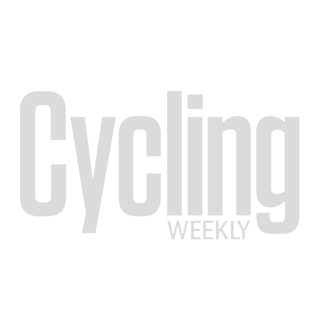
How to cycle in a group: Essential guide to group cycling
Speeding along in a group is efficient and enjoyable, but there are a few basics you need to know about

Guide to night rides

Training plans

Thank you for reading 20 articles this month* Join now for unlimited access
Enjoy your first month for just £1 / $1 / €1
*Read 5 free articles per month without a subscription

Join now for unlimited access
Try first month for just £1 / $1 / €1
Founded in 1891, Cycling Weekly and its team of expert journalists brings cyclists in-depth reviews, extensive coverage of both professional and domestic racing, as well as fitness advice and 'brew a cuppa and put your feet up' features. Cycling Weekly serves its audience across a range of platforms, from good old-fashioned print to online journalism, and video.
-
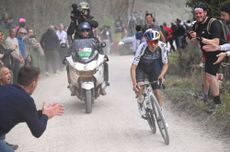 Tom Pidcock’s Q36.5 receive Giro d’Italia wildcard invite along with Tudor Pro Cycling
Tom Pidcock’s Q36.5 receive Giro d’Italia wildcard invite along with Tudor Pro CyclingTeam Polti Visit Malta and VF Group BardianiCSF - Faizane also receive invitations from RCS
By Tom Thewlis Published
-
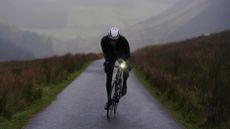 Be seen all year round with 35% off Magicshine bike lights in the Amazon Big Spring Sale
Be seen all year round with 35% off Magicshine bike lights in the Amazon Big Spring SaleThis is your last chance to seize a deal on some of the best bike lights with daylight running features. Act fast, as the sale ends at midnight tonight
By Matt Ischt-Barnard Published
